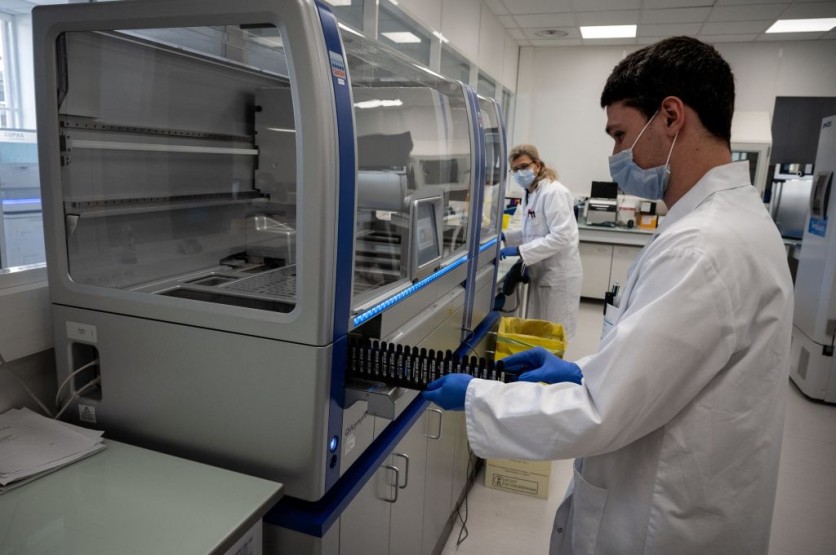Colloidal crystals' unknown characteristic has been discovered by Northwestern University researchers recently, as reported by Interesting Engineering.

According to a press release, DNA-engineered colloidal crystals can demonstrate shape-shifting and structural memory, similar to the natural structured found in chameleon skin and butterfly wings.
How They Did It
The scientists created colloidal crystals with complementary DNA strands and discovered that dehydration caused them to crumple. As a result, this causes the DNA hydrogen bonds to dissolve. When the scientists added water, the crystals went back to their original state.
The crystals' ability to retain its shape following structural alterations is not present in other kinds of crystals. Reversible structural alternations in these new materials may trigger dynamic functional alterations that will be helpful in soft robotics, optics, and chemical and biological sensing when reaction to external stimuli.
The DNA sequence that controls the particle-interconnecting particles affect the new property, which is a type of hyperelasticity linked with shape memory. It affects the structure and compressibility in the object.
The reactions are triggered in the DNA-modified colloidal crystal when the temperature droplets are exposed to rises and drops. It causes the crystal to change shape and return to its original state.
Also Read: The Mediterranean Sea Rising Temperatures Trigger the Formation of CO2-emitting Crystals
DNA-Modified Colloidal Crystals
The DNA-modified colloidal crystals are made through a procedure that first deposits piezoelectric particles on top of a prism on a silicon material.
Water is isolated from the prism through a porous silica membrane. The scientists then add a DNA strand on the surface of the piezoelectric particles, after which the DNA "shapeshifts" into a sequence of letters.
An electric field that is present on the surface of the DNA-modified crystals then alters the DNA sequence and the shape of the crystal.
These crystals can maintain their original shape despite the alterations in the DNA. Based on the study of the Northwestern and Georgia Tech scientists, the scientists are exploring a number of applications for the DNA-modified crystals. They could be used in sensors, self-healing materials, and shape-changing actuators.
The Future of Colloidal Crystals
The Northwestern University study has a lot of potential applications for the study of self-healing materials, soft robotics, and optical switches. It can also lead to better sensors that can be used to detect poisonous gases and identify chemical signatures.
The research on colloidal crystals remains to be highly descriptive, so scientists are still far from an understanding of their properties and behavior. Hopefully, more scientists will be able to learn more about this in the future.
In the meantime, the Northwestern University researchers will be continuing their study of DNA-modified colloidal crystals. They are also planning to try the same technique on other substances.
Related Article: Researchers Create New Matter Phase: What Are 'Time Crystals'?
This article is owned by Tech Times
Written by April Fowell
ⓒ 2025 TECHTIMES.com All rights reserved. Do not reproduce without permission.




